Occupational Safety Training for Operating LPG Pumps
99,000 ₫
Note: The price above is calculated per person and may fluctuate depending on the number of participants in the course and market conditions. For more accurate pricing support, please refer to the price list or contact our consulting staff directly.
Occupational safety is an important issue when operating an LPG dispenser and must be addressed promptly to ensure the health and safety of workers and enhance the reputation of businesses here. The Occupational Safety Training course is one of the effective solutions to raise awareness of how to prevent workplace accidents for workers operating an LPG dispenser.
Table of Contents
Toggle1. Overview of LPG Pump Cylinder
a. What is an LPG Pump Cylinder (Liquefied Gas Pump Cylinder)?
An LPG pump cylinder is a device used to pump LPG gas from a storage tank into equipment or systems that use the gas. This pump cylinder typically comes with a gas meter and safety features to ensure safe and efficient usage. It helps control the amount of gas supplied and ensures it meets the requirements of the system or equipment using LPG.

b. How the LPG Pump Cylinder Works
The operating principle of an LPG pump cylinder typically includes the following steps:
- Gas suction from the storage tank: The LPG pump cylinder uses a pump to create pressure and draw gas from the LPG storage tank.
- Pressure control: The device usually has pressure control systems to ensure stable and safe gas output pressure.
- Filtration and cooling: Gas is typically filtered to remove impurities and then cooled to reduce temperature before being delivered to the system.
- Gas measurement: A meter is often integrated to monitor the amount of gas being pumped and ensure it meets the system’s demand.
- Gas discharge: LPG is discharged from the pump cylinder into the system or equipment using it.
- Safety features: The pump cylinder usually includes safety features such as safety valves to prevent accidents and reduce the risk of gas leaks.

c. Industries that Use LPG Pump Cylinders
LPG pump cylinders are commonly used across various industries, including:
- Energy industry: LPG pump cylinders are used in power plants, energy production facilities, and gas-powered energy systems.
- Industrial sector: Manufacturing, processing, and industrial enterprises also use LPG pump cylinders to supply energy for production processes.
- Service industry: LPG pump cylinders can be used in restaurants, hotels, or entertainment facilities for cooking, heating water, or powering equipment.
- Transportation: In some cases, LPG-powered vehicles may use pump cylinders to refill their gas tanks.
2. Overview of Occupational Safety Training for Operating LPG Pump Cylinders
a. What is Occupational Safety Training?
- Occupational safety training for operating LPG pump cylinders provides sessions that equip workers with awareness on preventing workplace accidents. Employees directly working with LPG pump cylinders belong to Group 3.
- The safety training course helps workers identify and avoid hazards, reducing risks of workplace accidents.
REGISTER FOR OCCUPATIONAL SAFETY TRAINING SERVICE
b. Training Duration
Initial Safety Training
- The total training time is at least 24 hours, including exam time.
- 8 hours of theoretical lessons on safety policies and labor hygiene laws
- 8 hours of theoretical lessons on basic occupational safety and hygiene knowledge
- 4 hours of theoretical lessons on specialized training content
- 2 hours of practical lessons on specialized training content
- 2 hours for the final theoretical exam
The safety training center will schedule multiple sessions based on employee availability. Typically, there are 6 sessions over 3 days if the company can provide continuous learning time.
Periodic Safety Training
- Before the occupational safety card expires, employees must attend periodic occupational safety training to renew it. The periodic training duration must be at least 50% of the initial safety training duration.
Explanation: The total periodic occupational safety training time is at least 12 hours, including exam time. After completing the course and passing the exam, employees will have their safety cards renewed.
c. Training Content
| No. | TRAINING CONTENT | TRAINING TIME (HOURS) | |||
| Total | Including | ||||
| Theory | Practice | Exam | |||
| I | Safety policies and occupational hygiene laws | 8 | 8 | 0 | 0 |
| 1 | Overview of legal documents related to occupational safety and hygiene. | 6 | 6 | ||
| 2 | Standards and technical regulations for occupational safety and hygiene. | 1 | 1 | ||
| 3 | Specific regulations by state authorities regarding safety and hygiene when building, expanding, or renovating facilities and operating equipment with strict safety and hygiene requirements. | 1 | 1 | ||
| II | Basic occupational safety and hygiene knowledge | 8 | 8 | 0 | 0 |
| 1 | Basic knowledge of hazards and harmful factors at the workplace. | 4 | 4 | ||
| 2 | Methods to improve working conditions. | 1 | 1 | ||
| 3 | Safety culture in production and business. | 1 | 1 | ||
| 4 | Rights and obligations of employers and employees; policies and regulations on occupational safety and hygiene; roles of safety officers. | 1 | 1 | ||
| 5 | Safety and hygiene rules, safety signs, and usage of personal protective equipment; first aid skills and prevention of occupational diseases. | 1 | 1 | ||
| III | Specialized training content | 6 | 4 | 2 | 0 |
| Comprehensive knowledge of machines, equipment, and materials generating hazards; risk analysis, management, and safe operation procedures for machines and substances requiring strict safety measures. | 6 | 4 | 2 | ||
| IV | Final occupational safety exam | 2 | 2 | 0 | 0 |
| Total | 24 | 22 | 2 | ||
See more training content of the 6 groups
d. Occupational Safety Card
After completing the occupational safety training and passing the exam, employees will be issued an Occupational Safety Card (commonly called Group 3 Safety Certificate).
The Group 3 safety card shows information such as full name, date of birth, job, and specific working environment, as well as training duration, red stamp, and signature confirming course completion.
According to Clause 2 of Article 24 of Decree 44/2016/ND-CP, there are two cases:
- If the employer and employee have a labor contract, the employer must sign, stamp, and validate the safety card for Group 3 employees after they complete the training and pass the exam.
- If the employee is freelance or temporary without a labor contract, the training unit must sign, stamp, and validate the safety card after the employee completes the training and passes the exam.

3. Hazards When Operating an LPG Pump Cylinder
Operating an LPG pump cylinder requires caution and adherence to safety rules. Here are some potential hazards:
- Gas leaks: LPG leaks can occur due to technical issues, improper sealing, or pump malfunctions. This can lead to fire or explosion risks.
- Explosion: If exposed to an open flame or strong mechanical impact, LPG can explode, increasing the risk of injuries and serious damage.
- Excessive pressure: If the system pressure exceeds safe limits, it can cause malfunctions and serious consequences.
- Lack of information and unsafe installation: Improper installation or operation, such as missing warning signs or unprotected piping, can create accident risks.
- Technical failures: Technical issues in the pump, like faulty pressure sensors or broken valves, may result in unexpected malfunctions.
To minimize these risks, regular inspection and maintenance procedures are essential, as well as full compliance with safety rules during operation.

4. Measures to Prevent Workplace Accidents When Operating an LPG Pump Cylinder
To control workplace accidents when operating an LPG pump cylinder, operators and managers must follow important safety measures:
- Training and instruction: Comprehensive training for operators is crucial. They must know how to safely operate the pump, understand inspection and maintenance procedures, and know how to respond in emergencies.
- Adherence to safety rules: Ensure all personnel follow safety regulations, including wearing personal protective equipment such as helmets and flame-resistant clothing.
- Regular inspections: Conduct periodic checks and maintenance of the LPG pump to ensure proper function and prevent technical issues.
- Safety signage: Use warning signs to highlight hazards and guide safety measures in the work area.
- Explosion prevention measures: Ensure no open flames are present, and install explosion-proof equipment correctly.
- First aid and prevention: Provide first-aid equipment and train staff on emergency response, including shutting off gas and using safety equipment.
- Environmental control: Keep the area around the LPG pump clean and free of flammable or explosive materials.
- Periodic inspection of the LPG pump helps detect safety issues like wear or mechanical damage early, reducing accident risks.
5. Benefits of Workplace Safety Training
An Toàn Nam Việt offers companies the following benefits after completing workplace safety training according to Decree 44/2016/ND-CP on Occupational Safety and Health:
- Workers can recognize potential hazards and take preventive measures to avoid workplace accidents.
- Companies can establish risk prevention measures during production, operation, and maintenance processes.
- Reduces costs associated with safety incidents.
- Uninterrupted production improves labor productivity and product quality.
- Ensures compliance with labor safety laws, reducing legal risks.
- Enhances professionalism and company reputation.
Nam Việt’s training programs are designed to prevent external hazards from impacting individuals, helping them avoid injuries or worse, fatal accidents.
REGISTER FOR WORKPLACE SAFETY TRAINING
6. Customer Feedback After Completing Training
An Toàn Nam Việt has years of experience partnering with many companies across Vietnam, especially in the southern provinces. This responsibility is highly valued, and thus the company continuously professionalizes its workplace safety training. Feedback and suggestions from businesses have fueled Nam Việt’s growth. Below are some testimonials from our partners:
7. Nam Việt’s Workplace Safety Training Capacity
An Toàn Nam Việt is a leading and reputable center for workplace safety training in Vietnam. Training sessions are held continuously at factories, production plants, and construction sites across all 63 provinces.
REGISTER FOR WORKPLACE SAFETY TRAINING
Training License
- An Toàn Nam Việt has been inspected and certified by the Department of Safety under the Ministry of Labor – Invalids and Social Affairs to operate occupational safety and hygiene training programs, reinforcing our training capabilities.

Training Materials and Lectures
- Training materials are reviewed to ensure accurate knowledge and practical effectiveness before being used in courses.
- Lecturing methods are standardized by Nam Việt to maximize knowledge retention.
Facilities
- Controlled classroom conditions enhance teaching efficiency and student comprehension.
- Our training facilities offer spacious classrooms with proper lighting and training equipment.
8. Nationally Reputable Workplace Safety Training Center
At An Toàn Nam Việt, workplace safety training is a top priority. We prepare thoroughly—tools, teaching equipment, curricula, materials, audio, and lighting—to ensure effective training.
Our trainers are experts with years of experience and research on identifying hazards across industries and teaching prevention measures. Lectures are practical, engaging, and compliant with Decree 44/2016/ND-CP.
This helps workers understand how to protect themselves and apply safety measures effectively.
Our training center offers:
- Competitive costs with guaranteed training quality.
- Flexible training schedules to match company operations.
- Fast, compliant certification procedures.
- Experienced trainers.
- Optimized classrooms for effective learning.
- Curricula tailored to corporate workplace safety needs.
- Dedicated, professional support for clients.

9. Additional Workplace Safety Training Resources
1 review for Occupational Safety Training for Operating LPG Pumps
No comments yet

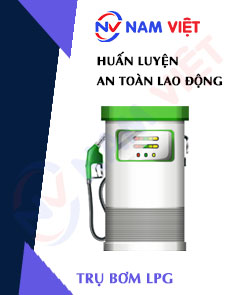
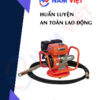
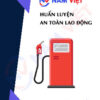



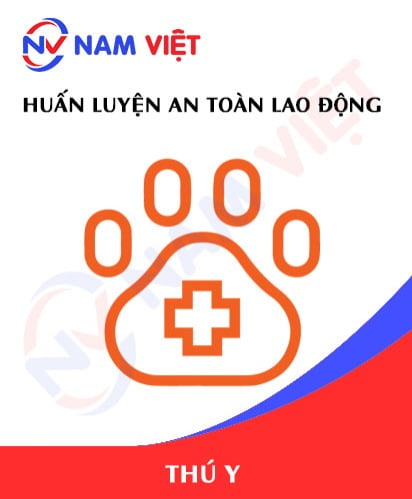
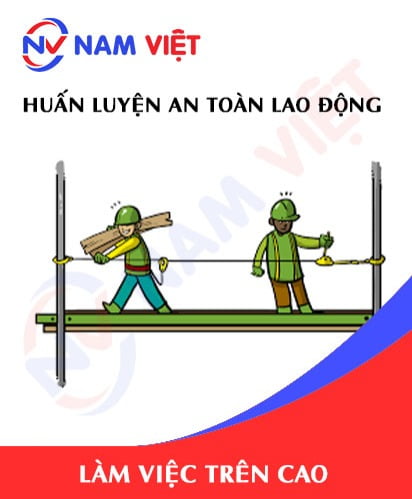

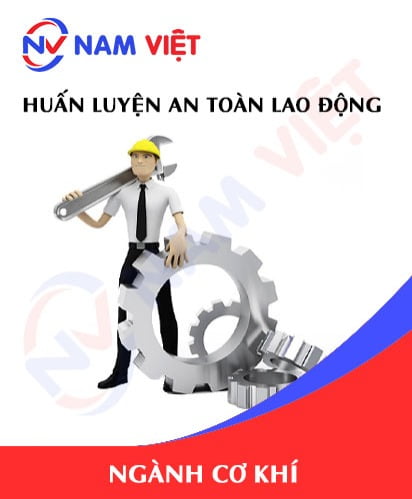
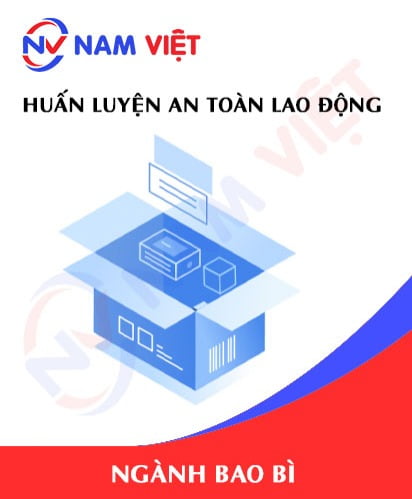

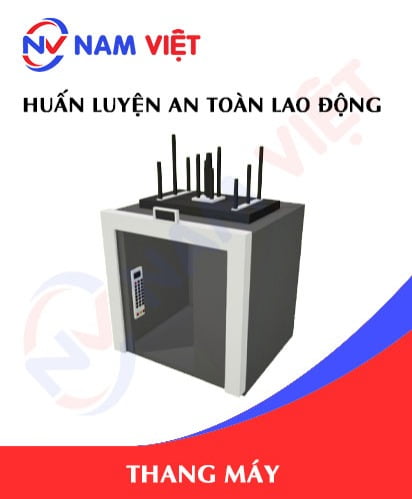

phanminhhang341
The lecturer teaches very lively and easy to understand!